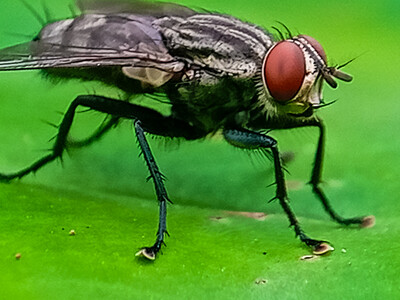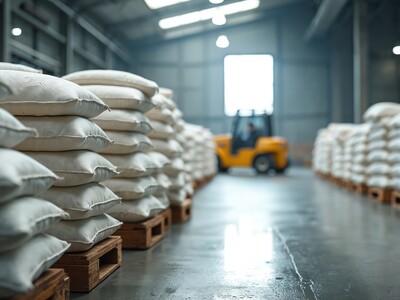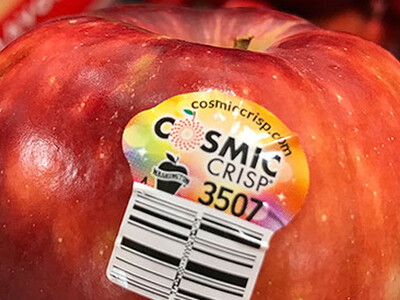Human Waste
Human waste could help combat global food insecurity.Researchers from Cornell University’s College of Agriculture and Life Sciences and the University of Saskatchewan have proven it is possible to create nitrogen-rich fertilizer by combining the solid and liquid components of human waste. The discovery has the potential to increase agriculture yields in developing countries and reduce contamination of groundwater caused by nitrogen runoff.
The researchers began by heating the solid component of human waste to 500 degrees Celsius in the absence of oxygen to produce a pathogen-free charcoal called biochar. Next, they manipulated the surface of the biochar by priming it with CO2, which enabled it to soak up ammonia, the nitrogen-rich gas given off by urine. The chemical process caused the ammonia to bond to the biochar. By repeating the process, they could load up the biochar with extra layers of nitrogen. The result is a solid material rich in nitrogen.
The research team has demonstrated that it is indeed possible to make a fertilizer using the most basic of ingredients, human waste.
What started as the search for a solution to a highly localized problem has widespread applicability, said Lehmann. “I do think it is as important for a Saskatchewan wastewater treatment plant, or a dairy farm in upstate New York, as it is for a resident in Nairobi. It’s a basic principle that has utility anywhere.”

















